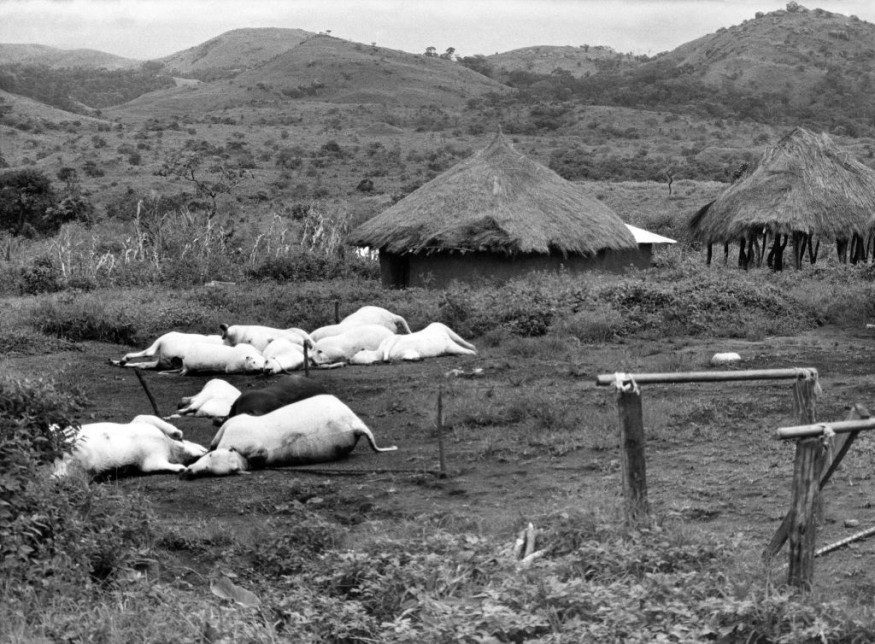
The recent change of color and smell in north-west Cameroon's Lake Kuk worry the local residents of possible disaster that may resurface 36 years ago.
According to The Conversation, Cameroon's 'exploding' lakes has caused anxiety and panic as lethal gas release could possibly cause another tragedy. Just 10km away, Lake Nyos emitted gases mainly composed of carbon dioxide, killing 1,746 people and around 8,300 livestock, on August 1986. Emerald reported on 2012 that the socio‐economic management has been poor at the time, partly attributed to the weak financial situation of Cameroon. However, the major problems seem to be related to human systems.
The Lake Nyos Gas Disaster
After the significant loss this tragedy caused 36 years ago, many researchers looked into what made the lake deadly. According to research published in the Journal of Volcanology and Geothermal Research, the carbon dioxide gas released from the Earth's mantle had been accumulating at the bottom of the lake for centuries. Due to a sudden disturbance of the lake's waters resulting to a landslide, the lake released around 1.24 million tonnes of carbon dioxide gas.
According to survivors, there was a brief rumbling sound from Lake Nyos before the invisible gas cloud could emerge from its depths. People and animals in its paths were suffocated and killed before it dispersed into the atmosphere where it became harmless.
Just like Nyos, Kuk is located in a region of volcanic activity known as the Cameroon Volcanic Line, along with 43 other crater lakes in the region that could contain lethal amounts of gases. Other lakes around the world posing similar risk include Lake Kivu at the border of Rwanda and the Democratic Republic of Congo, Lake Ngozi in Tanzania and Lake Monticchio in Italy.
Read also: Powerful 7.6 Magnitude Earthquake Hits Mexico During Deadly Quake Anniversary: At Least One Dead
Recent Change in Lake Kuk
After the eruption at Lake Nyos, its water turned a deep red color and smelled like rotten eggs. Lake Kuk recently manifested the same characteristics. An official press release confirmed that heavy rainfall was linked to the odor and change in color of Lake Kuk, and urged local residents to "remain calm while being vigilant to continuously inform the administration of any other incident noted".
Geologists and disaster management experts believe that several key steps should be taken by policymakers to prevent another tragedy from happening in the future. This includes knowing first which lakes are at risk of "exploding", further investigations, and regular monitoring.
Among the 43 crater lakes on Cameroon's Volcanic Line, 13 are believed to be deep and large enough to contain lethal quantities of gases, while 11 are considered to be relatively safe.
Furthermore, there are key indicators of the potential storage of large quantities of dangerous gases, including quantity of dissolved gases, surface area or water volume, and depth. Meanwhile, the factors that lead to the greatest risk include high quantities of dissolved gases held under high pressures, at great depths, in lakes with large volumes of water.
The even greater risk of explosion is when lakes sit in wide or large craters where there are disturbances.
Related article : Alaska Declares State of Emergency Due to Typhoon Merbok That Causes Significant Flooding Across the State
© 2026 NatureWorldNews.com All rights reserved. Do not reproduce without permission.





